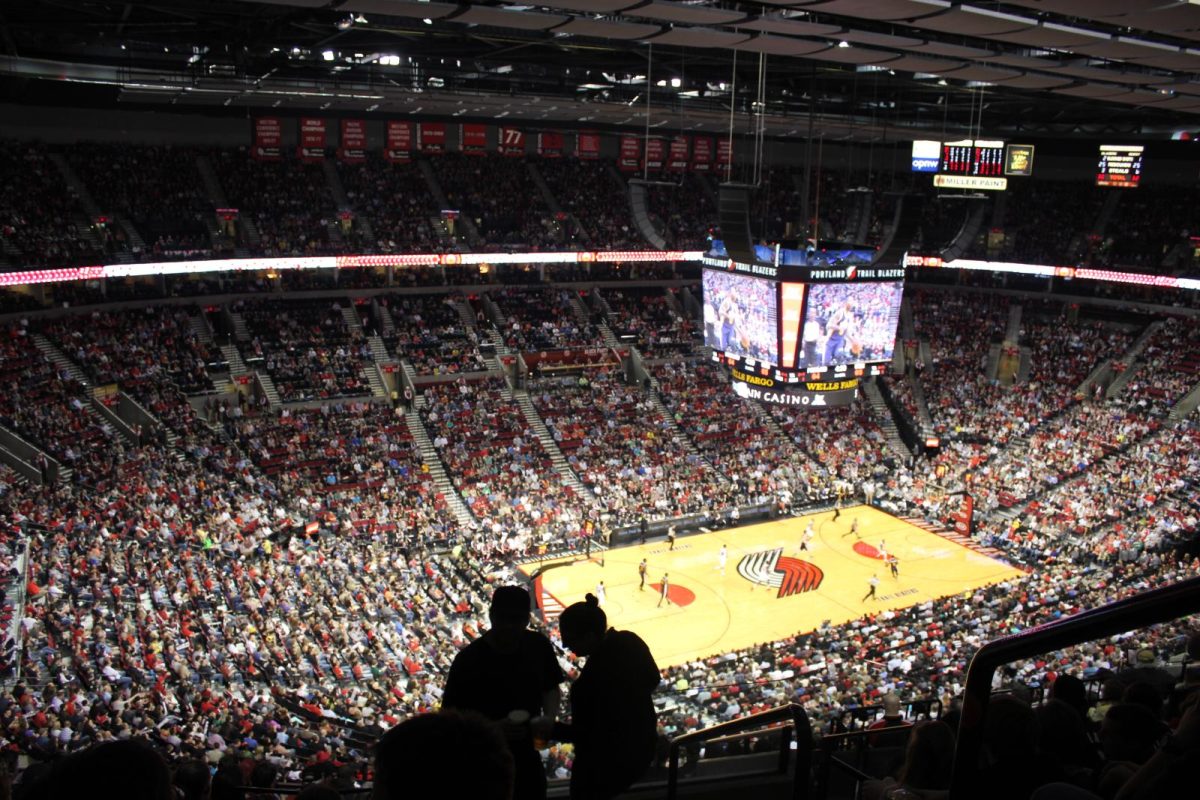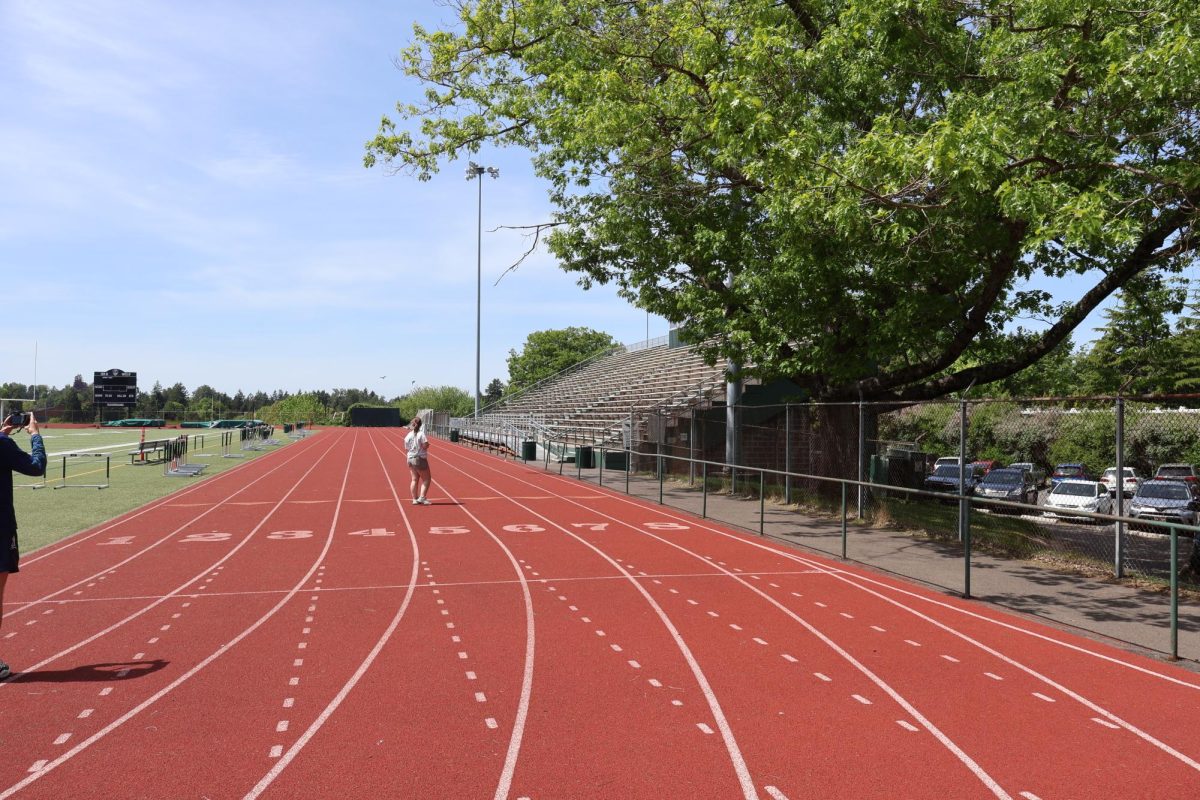When I was born, I knew nothing about hockey or women. Now, I know about both, and I love them equally! If you also enjoy the thralls of puck-sliding and the awe-inspiring power of the women in our society, then you are in luck.
The Professional Women’s Hockey League (PWHL) began play on its first-ever season this January, with a New York at Toronto matchup headlining the opening. Though this isn’t the first time professional hockey has been available to female athletes, the PWHL is the first league to offer their players mainstream TV coverage and a salary. Six cities received the initial franchises, representing three Canadian and American hockey hubs: Toronto, Montreal, Ottawa, Boston, Minnesota and New York.
The collective bargaining agreement between the PWHL and its players association dictates that each of the 23 rostered players per team receives a salary of at least $35,000. Though the league minimum is set at $35,000, teams can only award this salary to nine of their players; the other 14 players signed to standard contracts will receive more than the minimum salary. For comparison, the league minimum salary for the NHL’s 2023-24 season is $750,000, roughly 22 times that of their PWHL counterpart, and they boast a salary cap of $83,500,000, while the PWHL pays its players a combined $1,265,000 total. To kick off the inaugural season, six players from each team were signed to a three-year contract with a guaranteed salary over the course of their signings, ensuring a core player base for each PWHL team during its formative years.
The PWHL has no plans of expanding until at least the 2025-26 season, though work has already begun on testing the waters for potential expansion markets. The league’s “PWHL Takeover Weekend” saw three matches played in NHL venues on March 16 and 17. Boston beat Ottawa, 2-1, in a shootout at Detroit’s Little Caesars Arena in front of 13,736 fans, while Toronto extended their winning streak with a 2-1 victory over Montreal at Pittsburgh’s PPG Paints Arena in front of a crowd of 8,850. To round off the promotion, Minnesota handed New York a decisive 5-1 walloping at St. Paul’s Xcel Energy Center as 7,951 fans looked on. The success of these neutral site games in established hockey cities is a testament to the interest in women’s hockey, and the convincing 19,285 in attendance at the “Battle of Bay Street” match-up between Toronto and Montreal at Toronto’s Scotiabank Arena, is further proof that people are intrigued in the professional women’s hockey scene.
The PWHL season will conclude with a May 5 matinee as Ottawa takes on Toronto at their Mattamy Athletic Centre. Following the regular season, playoffs will commence as the first-place team in the league will select their semifinal opponent, choosing between the third or fourth-place teams. The semifinals and championship series will both be played as best-of-five series, with the higher-seeded teams receiving home-ice advantage for games one, two, and five. In addition to their unique take to the playoff format, the PWHL is also experimenting with a novel approach to their draft. As soon as a team is mathematically eliminated from playoffs contention, they will begin earning “Draft Order Points” in accordance with the league’s standard points system: three points for a regulation win, two points for an overtime or shootout win, one point for an overtime or shootout loss and zero points for a regulation loss. Whichever team finishes the season with the most draft order points will select first in each round of the draft, while the team with the second-most draft order points, in turn, selects second in each round. This system means that there is still competition amongst teams not vying for a playoff berth as they have an incentive to play well; instead of intentionally losing games in order to boost their chances to pick high in the draft, they have to continue to play a competitive game, maintaining fan entertainment later in the season.
Interest in a professional women’s hockey league has ballooned since the Canadian Women’s Hockey League was discontinued in 2019, leading to the establishment of the Professional Women’s Hockey Player Association (PWHPA). The PWHPA has advocated for greater professionalism in women’s hockey ever since, including serving as a catalyst for the founding of the PWHL. Also preceding the PWHL was the Premier Hockey Federation (PHF), running from its inception in 2015 until it ceased operations summer of 2023, following its purchase by Mark Walter Group and BJK Enterprises. By boycotting leagues such as the PHF, and focusing on building the league’s collective bargaining agreement with the Mark Walter Group and BJK Enterprises, the PWHPA achieved its goal of a unified, stable organization for women’s hockey. The result is unprecedented involvement and fan engagement with a driven and talented player base. Sarah Nurse and Jesse Compher (sister to J.T. Compher, a certified freak with the puck and possibly one of the greatest men to touch the ice) represent just a fraction of PWHL Toronto’s talent. Yet the attention they alone have brought to the team and to the league is truly inspiring.
To watch PWHL games outside of Canada, you can head over to their official YouTube channel where all of their games will be streamed live at no cost. Apart from YouTube, the streaming options for PWHL games is spotty at best, and a convoluted mess at worst. With too many streaming partners, you need access to all of them in order to catch every game for any given team. This is an issue that the NHL suffers from as well. Hockey leagues’ struggles to market and make their game easily accessible is discouraging for the future of the sport.
As professional women’s hockey continues to grow, the 2023-24 season of the PWHL will set a major precedent for the game moving forward. The success of the PWHL isn’t restricted to the sport of hockey, however, and the implications for women’s sports in general and their popularity as a whole are bolstered by the gains made with the PWHL and its players.









